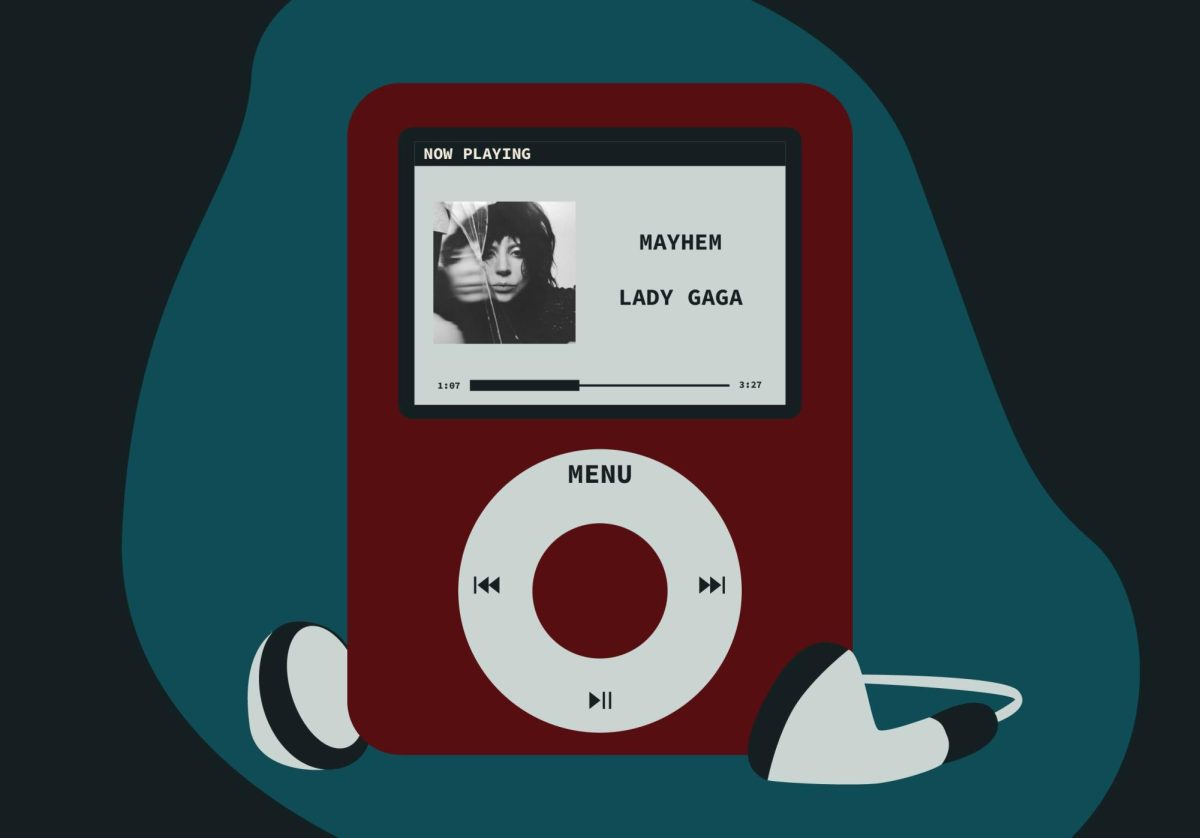In the minds of many a Beatles fan (and there are plenty out there), Yoko Ono is the Cruella DeVille of the music world, an iconoclastic nemesis of all things rock ‘n’ roll.
It perhaps also doesn’t help that many fans (wrongly) blamed her marriage to John Lennon for the Fab Four’s breakup. And when she wasn’t the center of a systematic Beatlemania smear campaign, her experimental art has often been internationally lampooned and poked at by so-called purveyors of “real” art and music. Even the sardonic title of her new album “Yes, I’m a Witch,” while decades after the heyday of Ono bashing, still bears the battle scars of a lifetime of media brutality.
Yoko Ono
TITLE: “Yes, I’m a Witch”
LABEL: Astralwerks
In short, Ono is one of the most underrated artistic talents in modern pop culture. Ono, who was born in Tokyo, Japan and moved to New York in the 1950s with her parents, became a leading figure in the vibrant experimental avant-garde scene – before she even met the gangly British bloke.
In her 1965 work “Cut Piece,” she invited spectators to approach her, grab a pair of scissors and cut off chunks of cloth from her outfit until she was nearly naked. She also was responsible for a 1971 imaginary art exhibit at the New York Museum of Modern Art, in which she filmed spectators looking at, well, virtually nothing.
While Ono’s work has been, for the most part, accepted in the visual contemporary art community, her cathartic, primal wailing vocals have received the brunt of the chiding and mockery. To underestimate her influence on music however, is a mistake. Her musical endeavors have inspired the likes of The B-52’s and Talking Heads. Many groundbreaking artists have cited her as inspiration, and club kids have been whirling to her remixed grooves for years.
This time around, on “Yes, I’m a Witch,” Ono gets by with a little help from her (new) musical friends. For the album, Ono handpicked 16 artists – among them Cat Power, Le Tigre, Shitake Monkey and The Polyphonic Spree – and gave them full access to her original recordings, both as
released and the studio outtakes, and the creative freedom to do whatever they desired with her work. Most of them used only the vocal tracks and created the backdrops from scratch.
Each artist brings something different to the table, and the result is inventive and entrancing. “Rising,” with DJ Spooky, boasts galactic, record scratching crescendos and eerie nasal wails that give way to layered vocal sounds similar to the noise of someone vomiting.
The Apples In Stereo remix “No One Can See Me Like You Do,” while somewhat a victim of convention, the song brings out the introspective canon that encapsulates most of Ono’s vocals; they round it off with robust church bell chiming and lush, sky-spanning melodies.
Peaches, hot to trot in her usual robotic eroticism and clappy playground baselines, cranks out an irresistible accompaniment to Ono’s ascent into vocal orgasm in Japanese.
Not surprisingly, The Flaming Lips took her most obscure avant-garde track, “Cambridge 1969,” in which Ono basically holds an atonal drone for 5 minutes and 37 seconds. The Flaming Lips frame it with a funky electronic baseline and what sounds like a grade school band tuning up before a concert. Odd as that sounds, it manages to work.
The eclectic collaborations result in a new, refreshing spin on an old (yet fantastical) Yoko. “Yes, I’m a Witch,” beyond capturing the scope of her deceptively prevalent influence, pays testament to her imaginative songwriting skills and her capacity for stirring up candid and mesmerizing melodies. Her rightful place as an icon in experimental music might finally be recognized. After all, the best musicians in the biz got her back.







